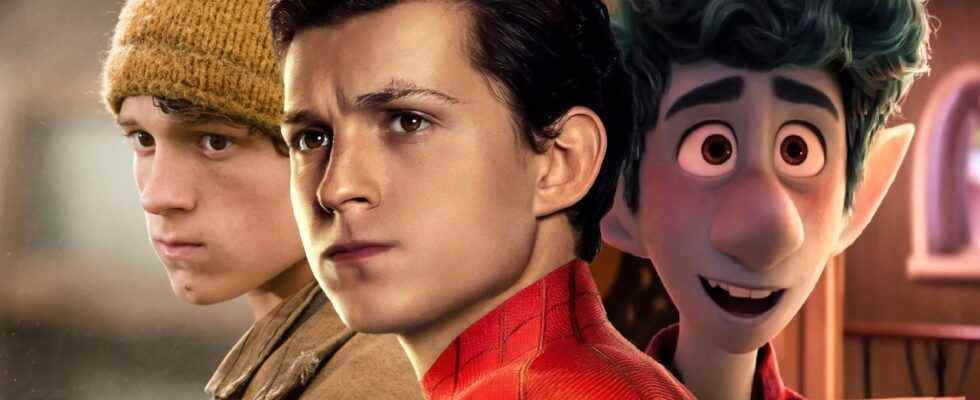Looking back at Tom Holland’s filmography, here’s each of the actor’s movies ranked from worst to best — including Spider-Man: No Way Home. Although he began his career on stage, playing the title character of Billy Elliot the Musical in London’s West End, Holland eventually transitioned to the big screen. He would gain global recognition for his portrayal of Peter Parker in the Marvel Cinematic Universe, but his early roles weren’t exactly the usual route for a young performer on the rise.
Rather than line his credits with charming romantic comedies or taking a prominent supporting part in a buzzy horror movie, Holland’s resume revealed a preference for historical narratives. On the small screen, the actor appeared in four episodes of the historical BBC miniseries Wolf Hall as Gregory Cromwell. In his films, Holland has played a cabin boy stranded at sea, a monk, and the personal secretary of Thomas Edison. In each of these performances, Holland proves crucial even though his character tends to be removed from the center of the story. It wouldn’t be until 2017, with the massive success of Spider-Man: Homecoming, that Holland became consistently regarded as a leading man in his own right.
Now, as he’s preparing to enter the next phase of his career, where his popularity is utilized to help elevate the visibility of a project, here’s a look at Holland’s movies and how they compare. The ranking will focus on all of Holland’s original and substantial feature-length roles. This excludes his voice work the UK dub of the excellent Studio Ghibli film Arrietty, as well as his cameo near the end of Billy Elliot the Musical Live. It also doesn’t take into account his two short films, Moments and Tweet.
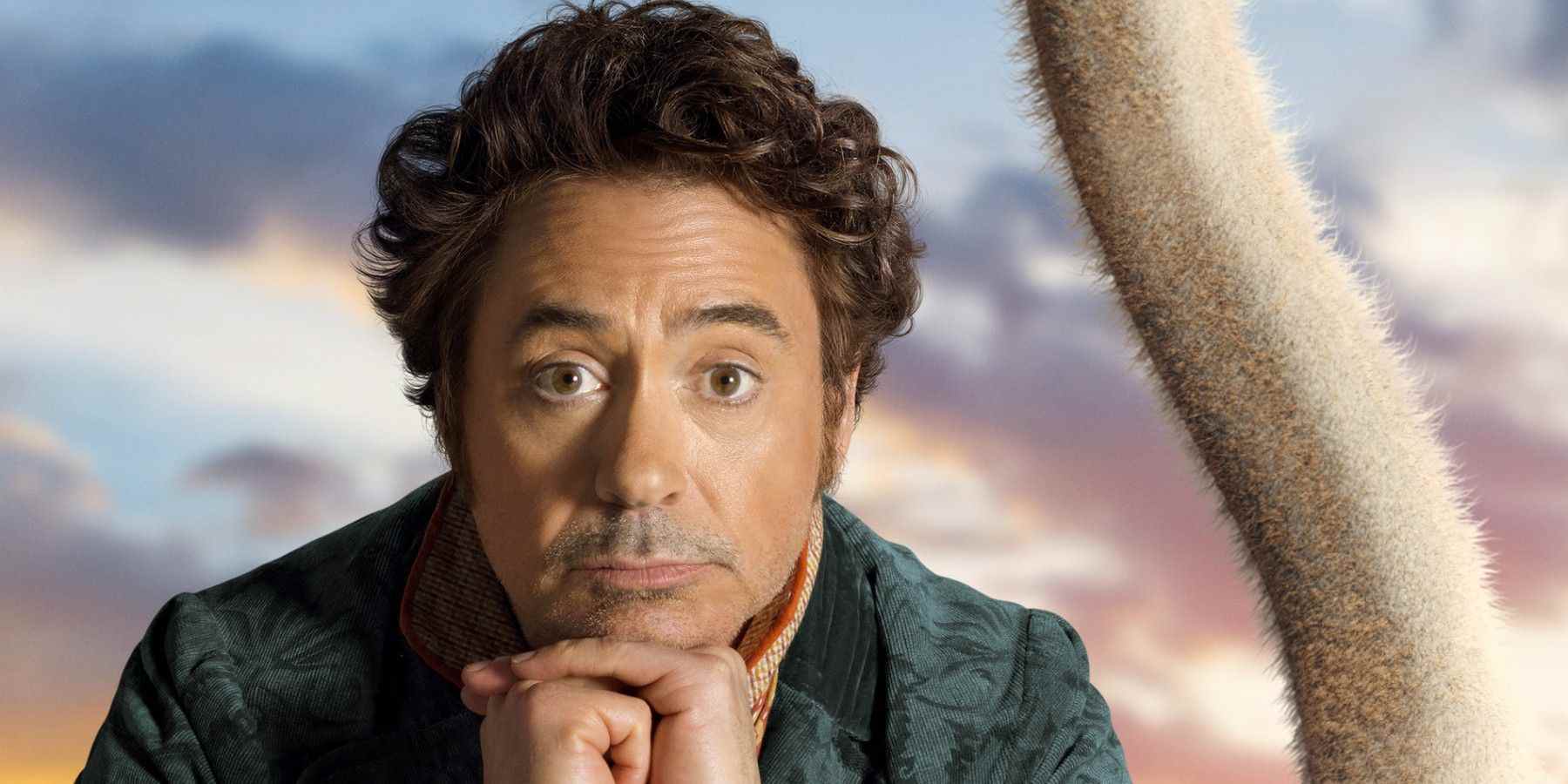
Dolittle was troubled from the jump. The movie went through 21 days of reshoots in the aftermath of poor test screenings. Several writers were recruited in an effort to steer the project in the right direction, including Seth Rogen, but none of it helped to refine the final result. Dolittle was rightly panned for everything from its pacing to its storyline. It also has the dubious distinction of having one of the most widely-mocked endings in recent memory. In spite of Robert Downey Jr.’s star power, and an imminently recognizable voice cast that features Holland, Dolittle will likely be remembered as a box office flop. If at all.
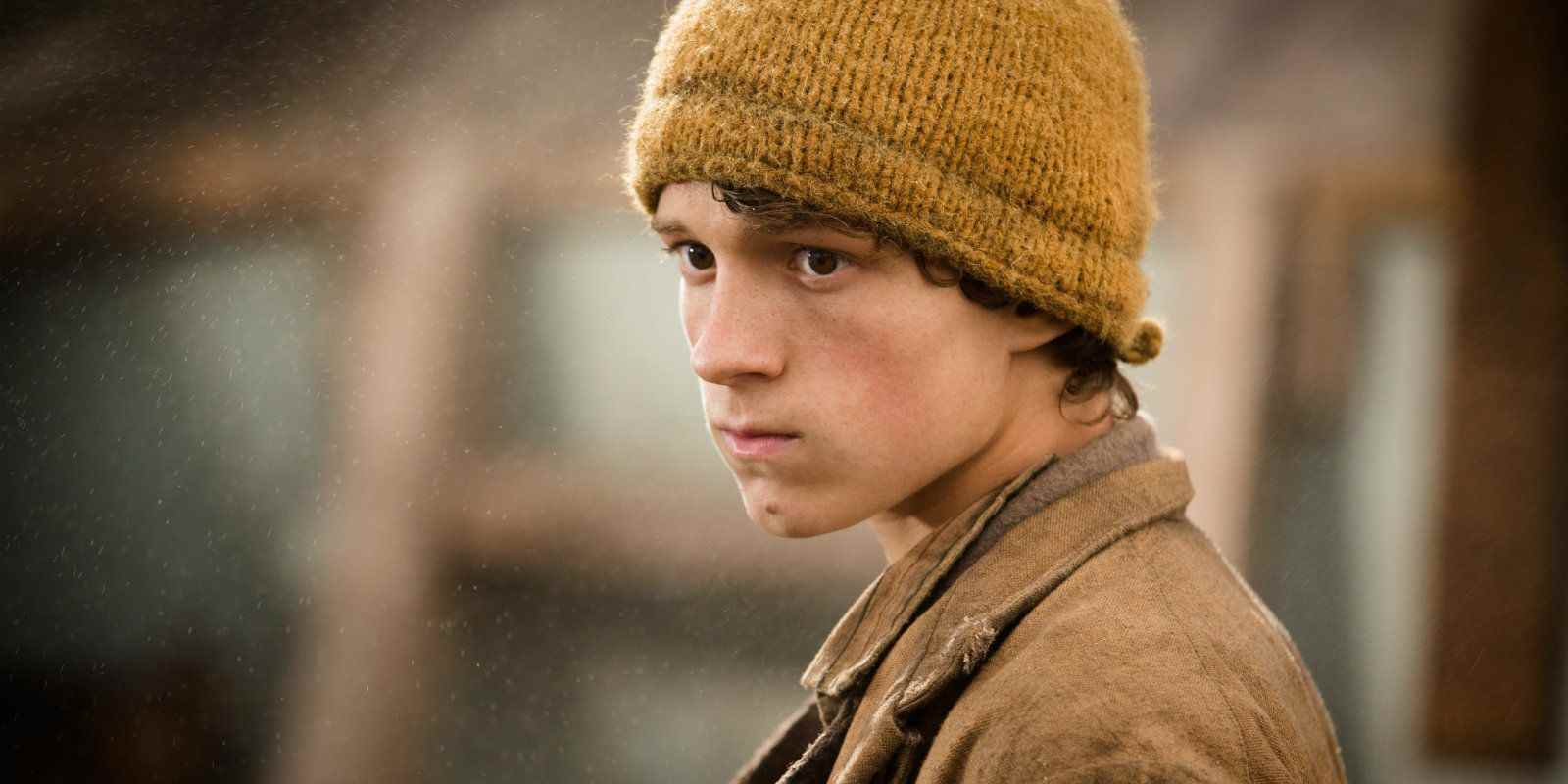
The characters are subordinate to the spectacle in this tale of the real-life event which inspired Moby-Dick. Centered on the sinking of an American whaling ship in 1820, In the Heart of the Sea permits the cast only a few defining traits to work with: Chris Hemsworth wants to be captain of the ship. Benjamin Walker worries that he’s not cut out to be captain. As for Cillian Murphy, playing a part that’s a waste of his talents, his character is largely focused on staying sober. Holland gets nothing at all, even though the movie ostensibly unfolds from his perspective. This bare-bones approach seems to be no accident, as director Ron Howard is more interested in filling up his feature with an array of epic action sequences. The result is that the film feels empty, a technical achievement where the supposed protagonists only exist to move the story from one setpiece to the next.
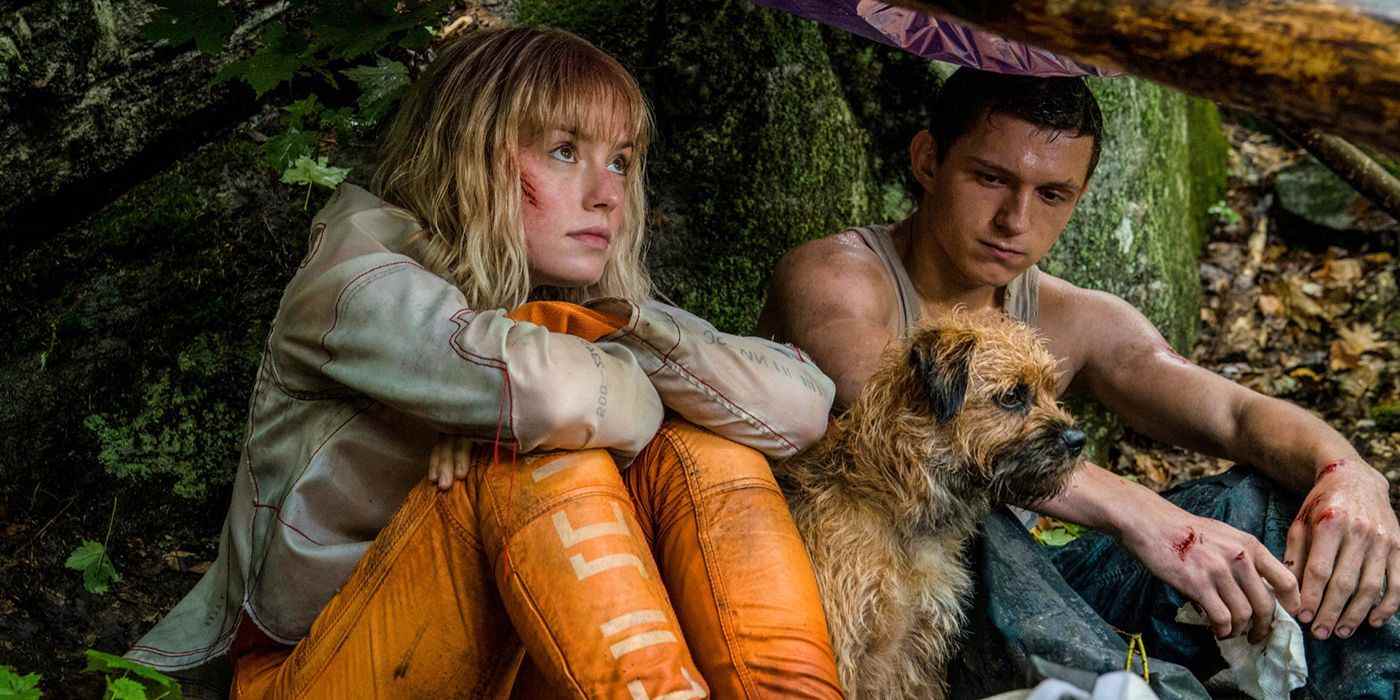
Holland was cast in Chaos Walking only months after his head-turning cameo in Captain America: Civil War. Perhaps because they failed to anticipate the actor’s massive popularity with audiences or because Chaos Walking had a myriad of problems on its way to the big screen, this young adult dystopian adaptation commits the mistake of turning its charismatic leads into generic ciphers. Like the worst of the genre, and Dylan O’Brien in The Maze Runner comes to mind, Holland and his co-star Daisy Ridley play main characters that could have been embodied by just about anyone for what little specificity and interior life they’re given. They’re there, mostly, to shepherd the plot from one place to the next. Out of all of Holland’s leading roles, this one might just be the least essential.
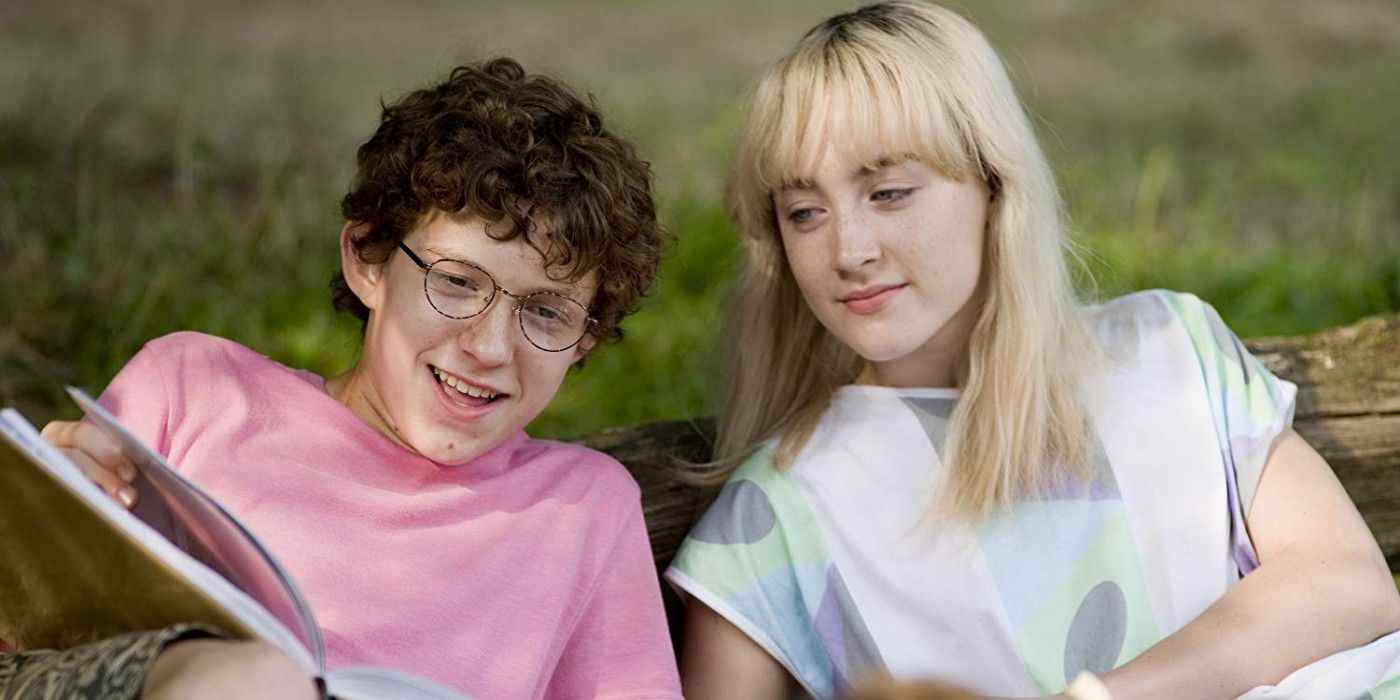
How I Live Now has one thing going for it: it’s a lot more brutal than other adaptations of young adult novels which were released around the same time. The story follows Daisy (Saoirse Ronan), an American girl sent to the English countryside to stay with relatives right as the world descends into an all-out war. This is depicted unflinchingly. In one scene, a young boy is shot in the head. His gushing wound is visible as he crawls to his death. The film loses ground in its decision to use these unimaginable atrocities alternatively as a backdrop or an obstacle to the love story between Daisy and her distant cousin Eddie (George MacKay). The romance is never convincing, but it ends up being the focus of How I Live Now regardless. Holland, in the role of Daisy’s cousin Isaac, looks to be set up as one of the leads given that he’s featured prominently in the movie’s opening moments. But by the halfway mark, the narrative amounts to little more than a variation on Twilight with a dystopian flavor. It’s a shame because the adaptation could have been much more interesting.
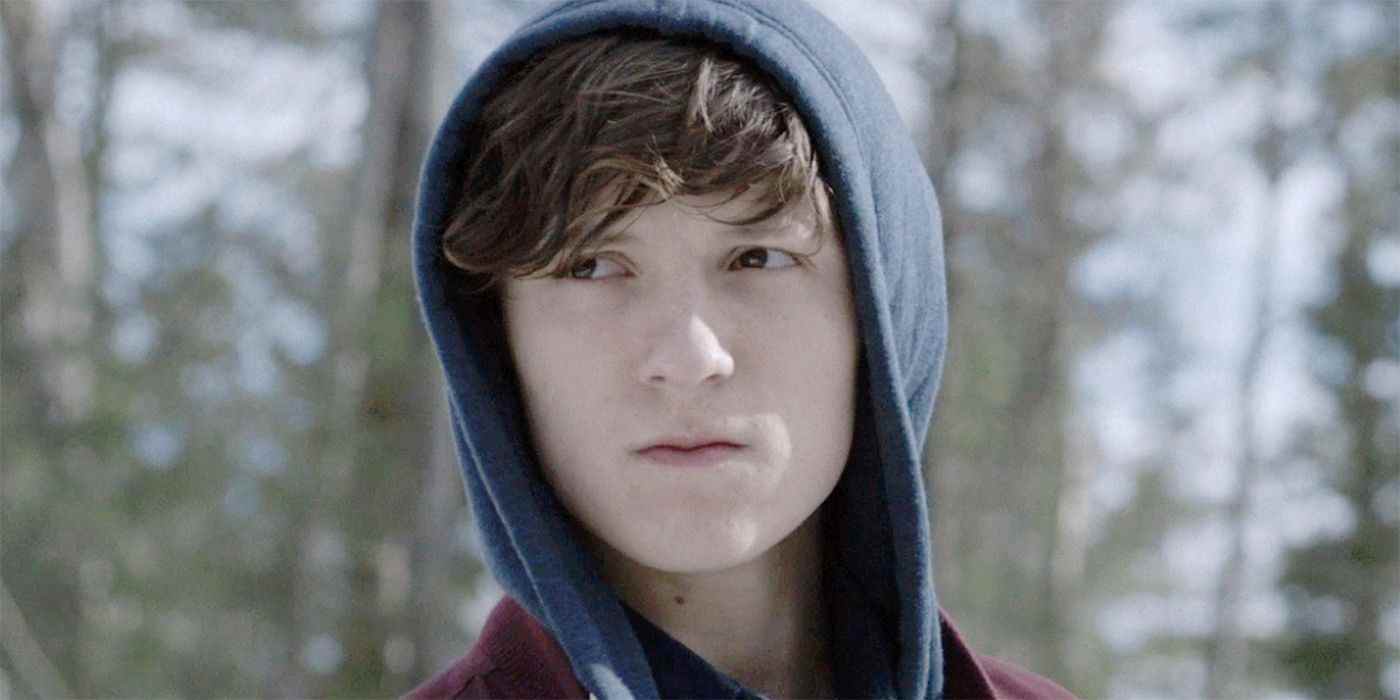
A divorced dad is eager to bond with his two boys, but his efforts lead to a nightmarish scenario in this snowy thriller from director Rob Connolly. Although an admirable amount of running time is devoted to examining the clash of personalities between the father and his older son (Holland), and despite how Joel Kinnaman leaves an impression with his performance as the father, Edge of Winter is too slow for too long. When the terror begins to set in, at around the hour mark, it provides only a brief jolt. Overall, the movie doesn’t do enough and doesn’t go far enough to stand out from other, similar thrillers.
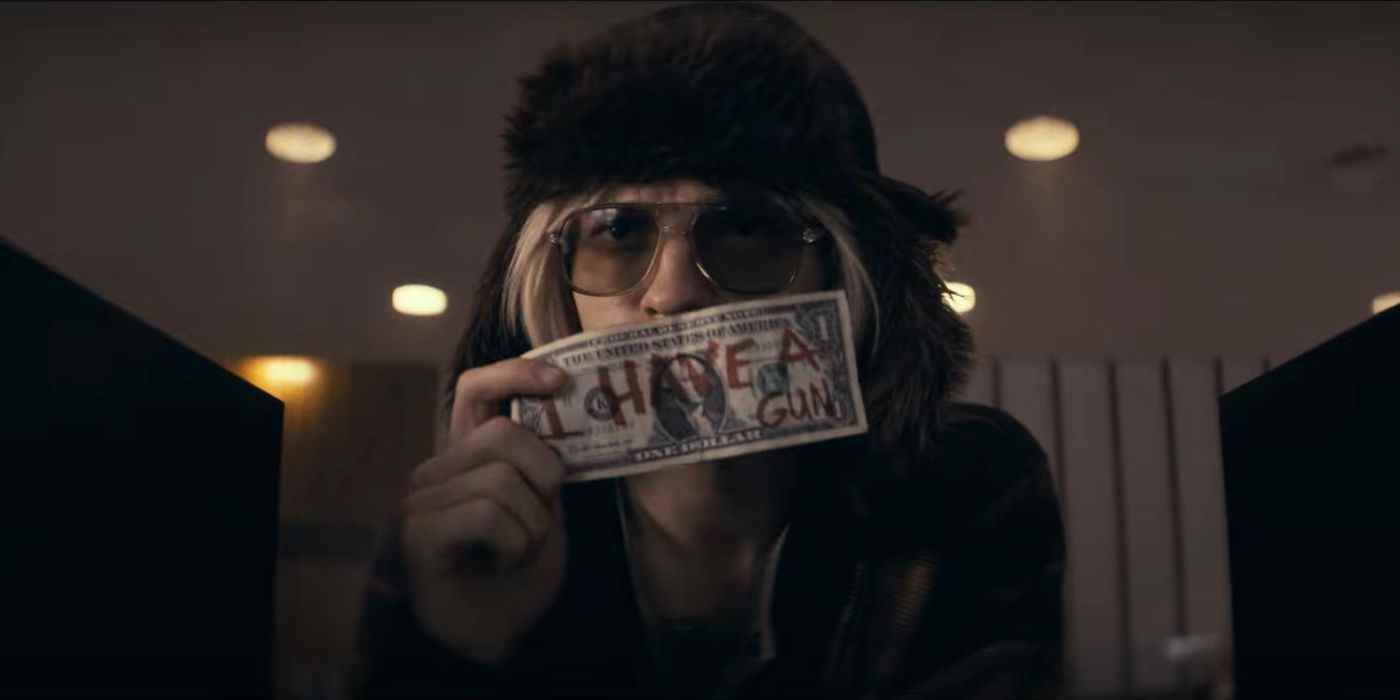
In reviews for Cherry, but in the promotion of the film as well, the adaptation of Nico Walker’s novel was described as a departure for Holland. That’s certainly true in terms of its subject matter — but, in a broader sense, it’s one among a long line of young and seemingly meek protagonists who are in over their heads. Holland’s movie is an ambitious project, and Holland himself was poised to prove his depth as a young actor. Unfortunately, Holland’s film did not live up to its premise and marketing, and Cherry received negative movie reviews.
The drama Cherry, directed by Joe and Anthony Russo, in their first post-MCU project, tells the real story of an Army veteran who suffers from PTSD and resorts to robbing banks to support his drug addiction. It’s heavy stuff; however, as directed by the Russos, who directed Holland in several Marvel projects, it’s also heavily stylized to its detriment. Filling the screen with visual flourishes and other digressions, perhaps all too glad to be away from the shackles of family-friendly filmmaking, the directing duo unintentionally distracts from the lead actor’s performance and distances the viewer from what might otherwise be an emotionally harrowing drama. It’s an interesting misfire, potentially worth seeking out for that reason, but Holland is ultimately drowned out and leaves little of an impression.
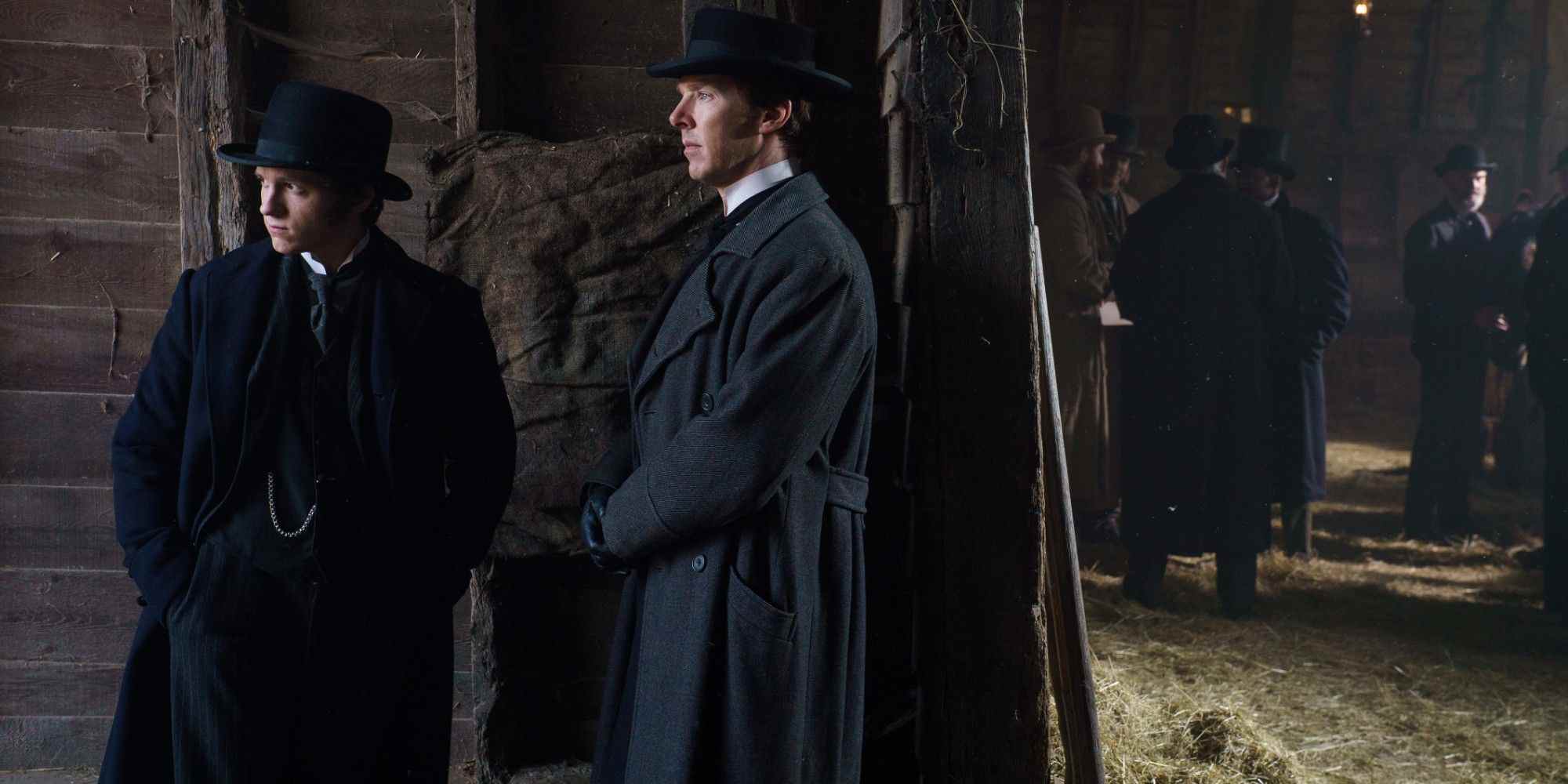
Holland plays Samuel Insull, the personal secretary to Thomas Edison (Benedict Cumberbatch), and he serves the purpose of acting as Edison’s sounding board as well as the inventor’s conscious. The Current War dramatizes the 19th-century competition between Edison and George Westinghouse (Michael Shannon) over which of their electric delivery systems would be used across the United States. Given the amount of talent on-screen, in addition to the memorable visual flourishes from director Alfonso Gomez-Rejon, the film is quite gripping to watch in parts. On the whole, however, it follows the expected patterns of a typical Hollywood biopic and indulges in the genre’s tendency to treat female characters as ancillary to the men that surround them. The Current War’s journey to audiences, which was derailed by the sexual assault allegations against producer Harvey Weinstein, might be more noteworthy than the film itself.

Pilgrimage allows director Brendan Muldowney to juxtapose the beautiful landscapes of Ireland and Belgium, where the drama was filmed, with scenes of appalling violence. The story is set in medieval times, chronicling a group of Catholic monks as they embark on the perilous mission of transporting a holy relic to Rome. Raising worthwhile questions about the dangers of religious zealotry and the pointlessness of the importance so often attached to symbols, Pilgrimage is much stronger in its second half than its first. But, still, it falls short of deeply examining the characters and the world which they inhabit. Holland, who plays a young monk, is a prime example of this. He receives top billing and is featured plenty albeit mostly in silent reaction shots where he functions as a surrogate for the audience. Jon Bernthal fares better as a warrior with a mysterious past, bringing a distinct intensity to the role.
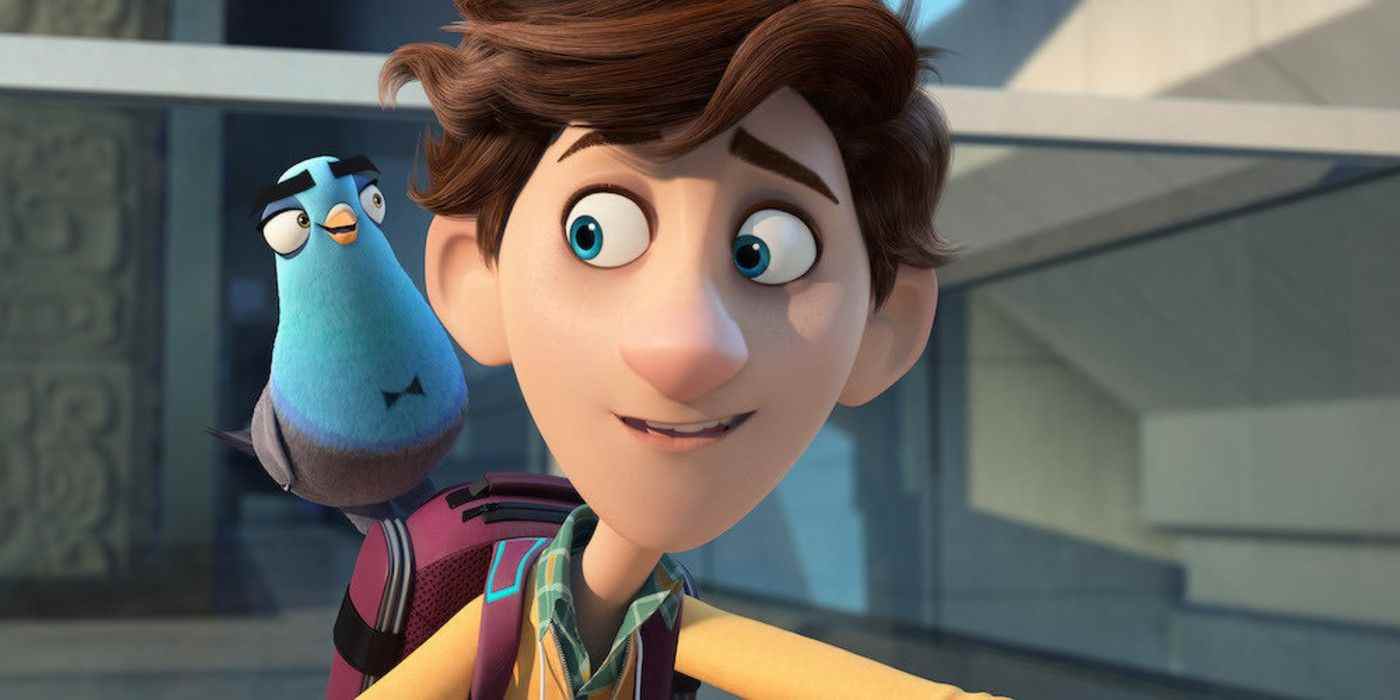
For a family-friendly animated comedy, Spies in Disguise has a lot on its mind. The movie touches on the CIA’s checkered history, which has ruined lives, and it has some ideas about how to improve the agency’s track record as well. Of course, being a family-friendly comedy, these threads are explored in a way that allows for the Spies in Disguise characters voiced by Holland and Will Smith to have plenty of heightened adventures. At its best, such as in the opening scene, the story plays out like a genuine spy thriller sprinkled in with a bit of humor. More often though, Spies in Disguise is just a decently entertaining romp that’s bolstered by the likability of its two leads.
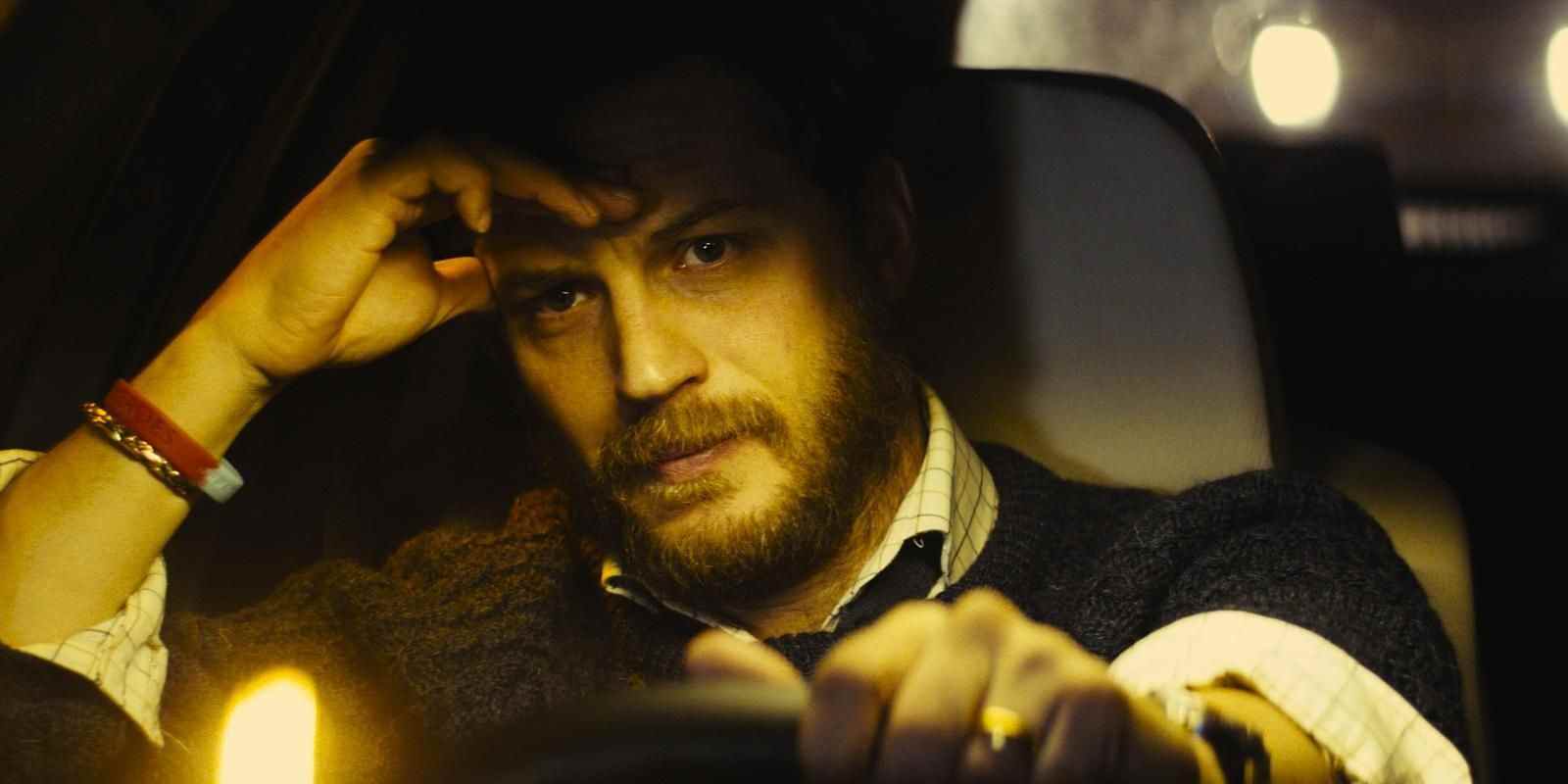
Locke shouldn’t work as well as it does. It certainly shouldn’t be as nerve-wrecking as it so frequently is. The movie takes place over the course of a single car ride, with the camera zeroed in on one person’s face from nearly start to finish. These are hardly the dependable ingredients of a tense drama. And yet. The story focuses on Ivan Locke (Tom Hardy), a successful construction manager who receives a crucial phone call right as he’s about to turn his attention to the biggest task of his career. Hardy is at his best, playing a family man that’s slowly but surely unravelling and fighting to keep his cool with every word he utters. The actor conveys a whole range of emotions with little more than slight shifts in his expression and mild alterations of his tone. What might have been a failed minimalist exercise ends up being a tremendously moving collaboration between Hardy and writer-director Steven Knight. Locke is helped along by a talented voice cast that includes Olivia Colman, Andrew Scott, and, while not exactly a Venom/Spider-Man crossover, at least not yet, Holland voices Ivan’s younger son.
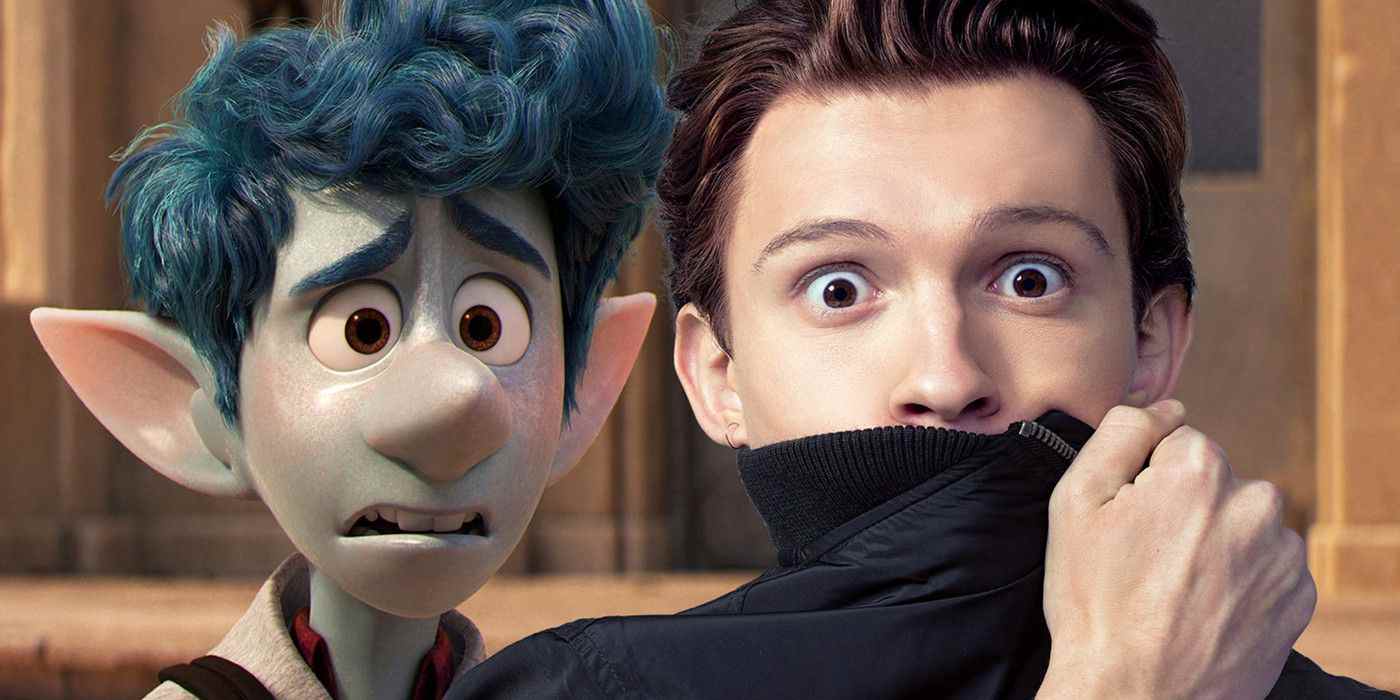
Onward highlights all of the elements which have made Pixar such a dominant force in the realm of animation. It’s set in a unique world, with the plot unfurling in the form of an inventive and occasionally dangerous adventure. And it reaches its final act on a deeply poignant, immensely relatable note. Admittedly, the world of Onward isn’t as fully-realized as some of Pixar’s best movies. Likewise, the adventure isn’t as inventive as other movies by the studio. But when it comes to be poignancy, the animated film thrives. The quest by the two brothers, voiced by Holland and Chris Pratt, to spend just one day with their dad is a powerful driving force. It helps, as well, that the movie’s conclusion is unexpected and tremendously powerful.
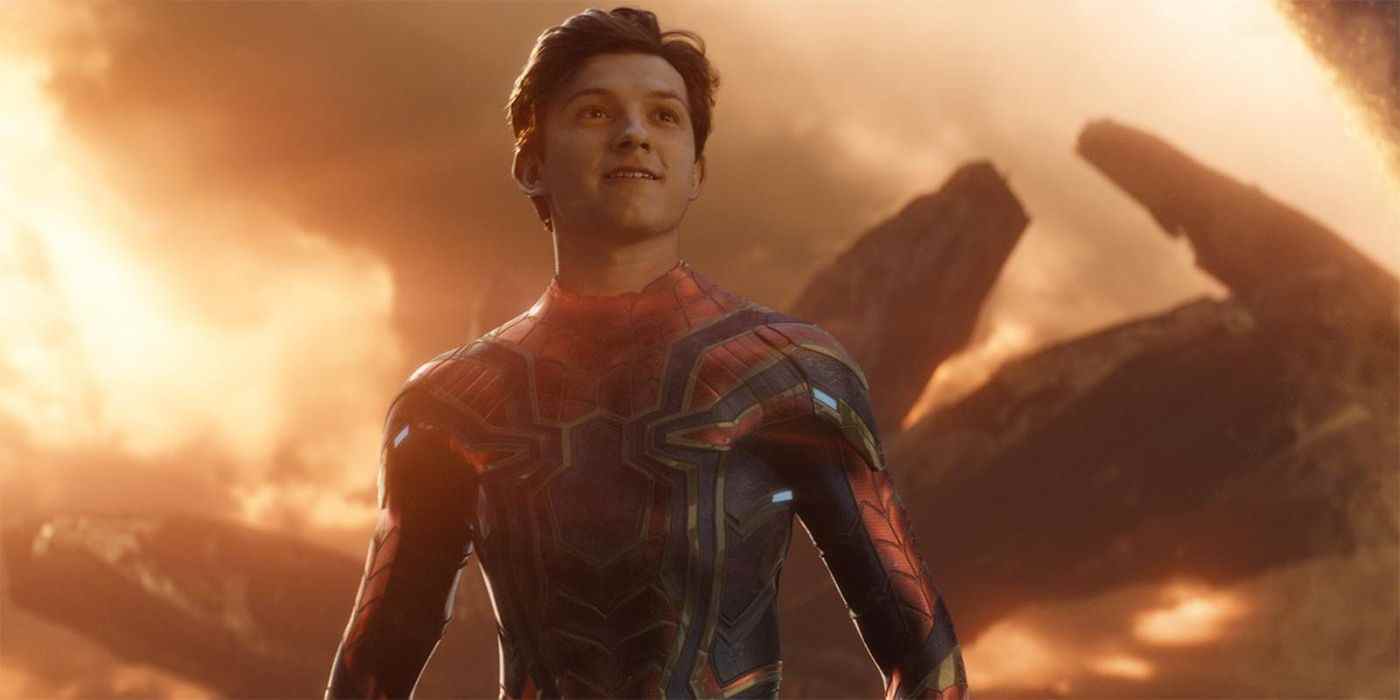
It’s hard to overstate how satisfying Avengers: Endgame was. The movie unfolds patiently, showing the ramifications of Thanos’ victory at the end of Avengers: Infinity War. It doesn’t hurry to fanservice or neat resolutions which makes those moments, when they finally do happen, all the more impactful. It honors the history of the franchise and the heroes audiences have grown to love. Endgame even finds a way to retrospectively improve Thor: The Dark World, adding depth and meaning to a disappointing sequel. Far more cathartic and far better than it has any right to be given the numerous storylines at play, not to mention all that complicated time travel, Endgame is an example of what Marvel can do when it’s firing on all cylinders. Still, because Holland only shows up intermittently near the end of Avengers: Endgame, it can’t stack up to his best MCU performances.
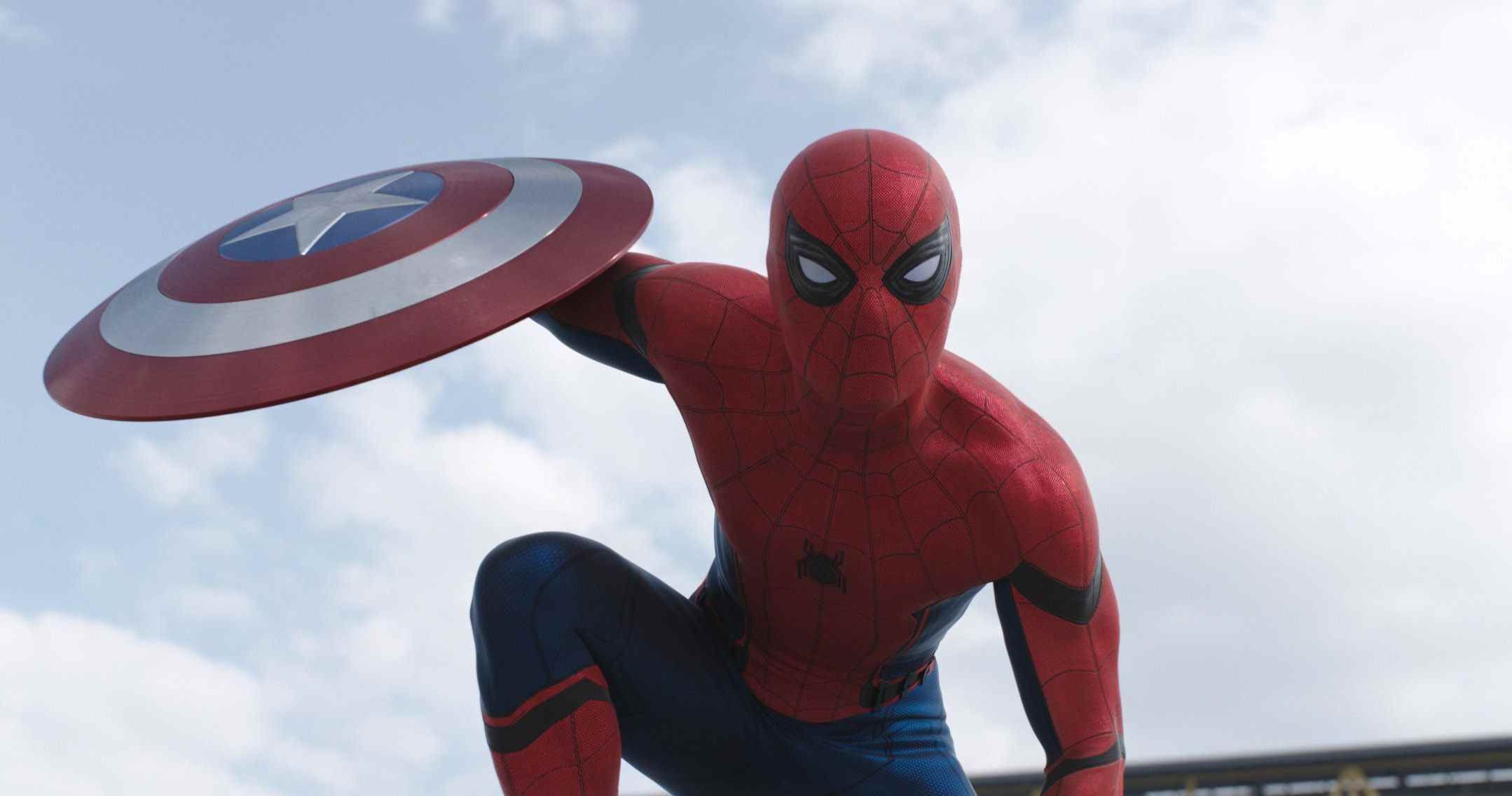
The third installment in the Captain America trilogy often feels like an unofficial Avengers sequel. That’s partly because it features so many familiar faces, but it’s also due to the fact that the film leads to a bevy of significant developments for the MCU. It’s with this film that the bad blood between Tony Stark and Steve Rogers really takes hold, causing a rift that wouldn’t be mended for years. It’s in Civil War that directors Joe and Anthony Russo debut Chadwick Boseman as Black Panther, familiarizing global audiences with an immense talent. It’s also in Civil War that fans meet Tom Holland in the role of Peter Parker, ably playing off the seasoned veterans of Marvel in his short amount of camera time, delivering both a pitch-perfect take on the character and an all-time great MCU cameo.
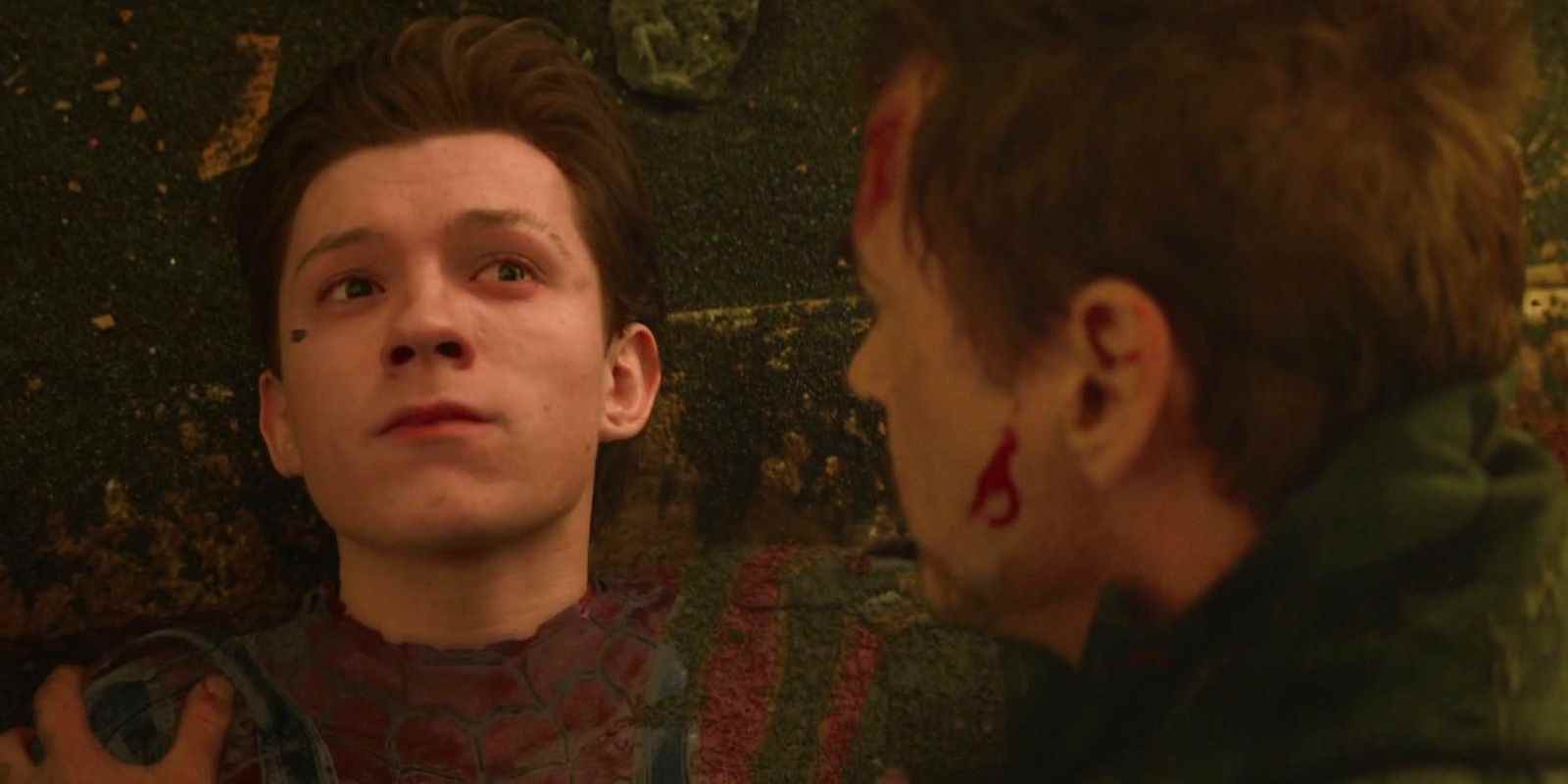
Avengers: Infinity War definitely has its flaws. The habit of relying on jokes and snappy rejoinders is particularly jarring, considering the severity of the threat that the movie’s heroes are facing. Infinity War also never quite manages to facilitate all of those heroes, with several big names popping up for what are essentially extended cameos. But where Infinity War excels is in the decision to position the villainous Thanos as a protagonist. For much of the film, viewers are watching his quest to retrieve all six infinity stones. By the closing minutes of the movie, however, the perspective cleverly shifts and all that’s left is a sinking feeling of dread and hopelessness brought on by the fact that Thanos has achieved his goals.
That sinking feeling, that hopelessness, is tremendously expressed by Holland, and Downey Jr., in the scene where Spider-Man slowly turns to dust in Iron Man’s arms. It’s a testament to the chemistry between the two actors that the moment hits as hard as it does, especially when the relationship between Peter and Tony had only been developed in a dozen or so scenes that are spread across three different movies. It’s also a testament to how, as producer Amy Pascal noted, Holland has a knack for generating empathy.
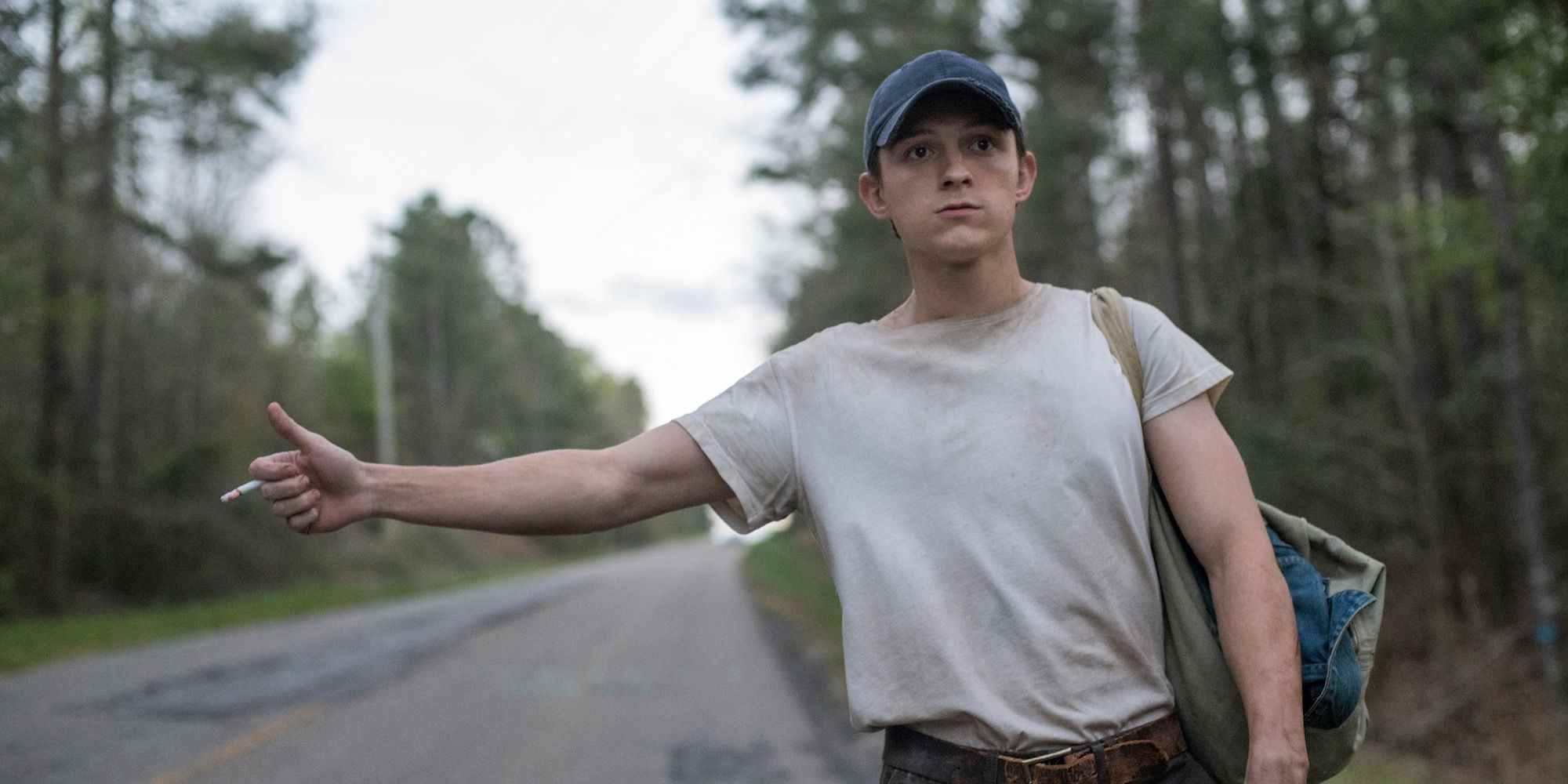
There is plenty of intrigue to be found in The Devil All the Time. As directed by Antonio Campos, the adaptation of Donald Ray Pollock’s novel weaves together different timelines and introduces different characters to inform the seedy small town that Arvin Russell (Holland) is a part of. A wicked couple, a crooked cop, and the wry narration of Pollock himself. Not all of these choices work, even with a third act which attempts to link all the opposing players in the story. Still, at its best, at its most lively, the attention of The Devil All the Time tends to be devoted to either Holland or his co-star Robert Pattinson. The film peaks when Pattinson, in the role of a duplicitous preacher, is confronted by Arvin and the two actors square off all too briefly. Holland is still the hero of the story, unabashedly. But this time, it might only be because he’s surrounded by such terrible individuals.
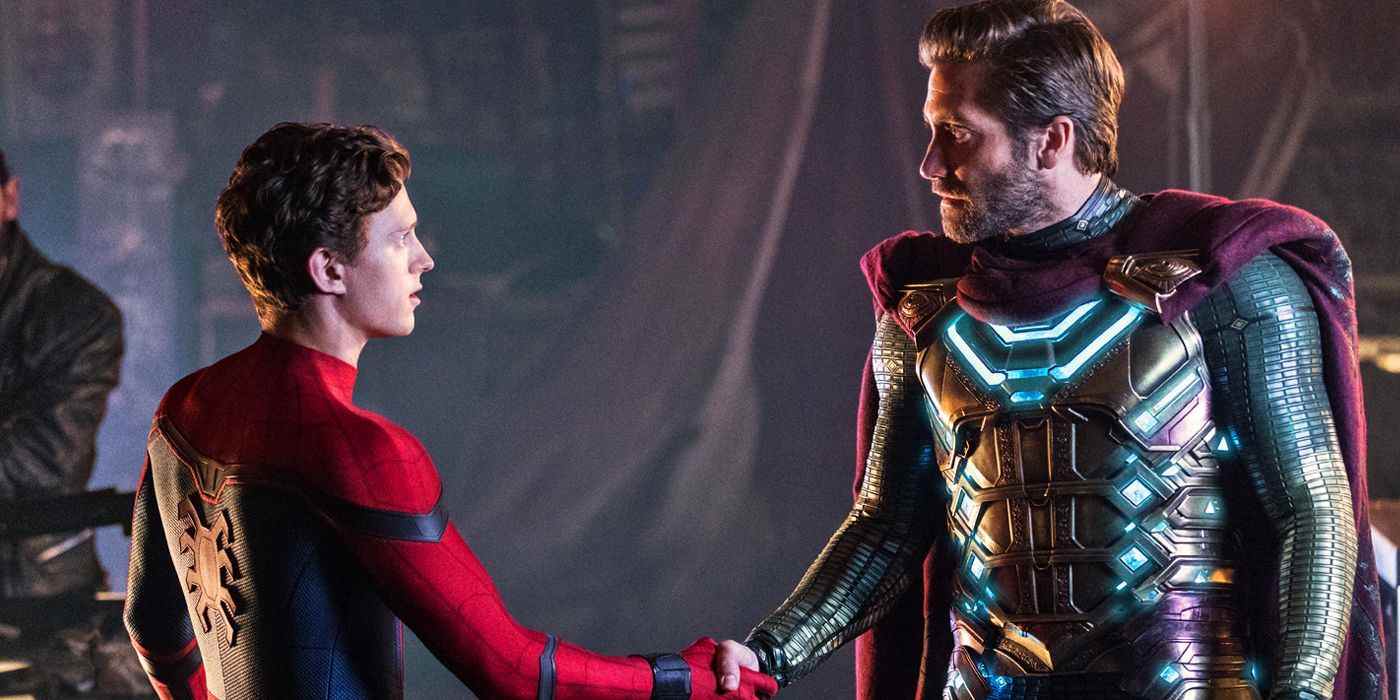
The sequel to Spider-Man: Homecoming functions sort of like a season premiere for the MCU, following the messy and exhilarating season finale that was Endgame. Not only does Spider-Man: Far From Home have to address the seismic events of the movie that preceded it, it also has to simultaneously push the narrative forward. The strain shows, with the sequel initially being a little less vibrant and a little less quick on its feet than Homecoming. It’s tempting to say that director Jon Watts, and screenwriters Chris McKenna and Erik Sommers, are simply mirroring the mood of Peter Parker: if the sequel seems somewhat off, if the jokes aren’t quite funny in the early going, it’s only because Peter is changed by being snapped back into existence. Not to mention the death of Iron Man. Fortunately, Far From Home improves significantly when Jake Gyllenhaal is revealed to be the antagonist of the movie.
Channeling his head-turning performance in Nightcrawler, Gyllenhaal’s weird charisma as Mysterio offers Far From Home the boost it needs. Hero and villain do battle, or at they appear to, in one of the Marvel’s more inventive fight scenes. Similarly, Mysterio’s betrayal gives Peter the opportunity to genuinely grieve the loss of Tony and gives Holland a chance to show off his acting chops in a moving scene with Jon Favreau’s Happy Hogan. There’s plenty to like about the movie once it starts swinging, including an expanded role for Zendaya, and Spider-Man: Far From Home‘s post-credits scenes are among Marvel’s best ever. However, it’s somewhat hampered for a stretch by the sense that it prioritizes the events of Endgame over Spider-Man.
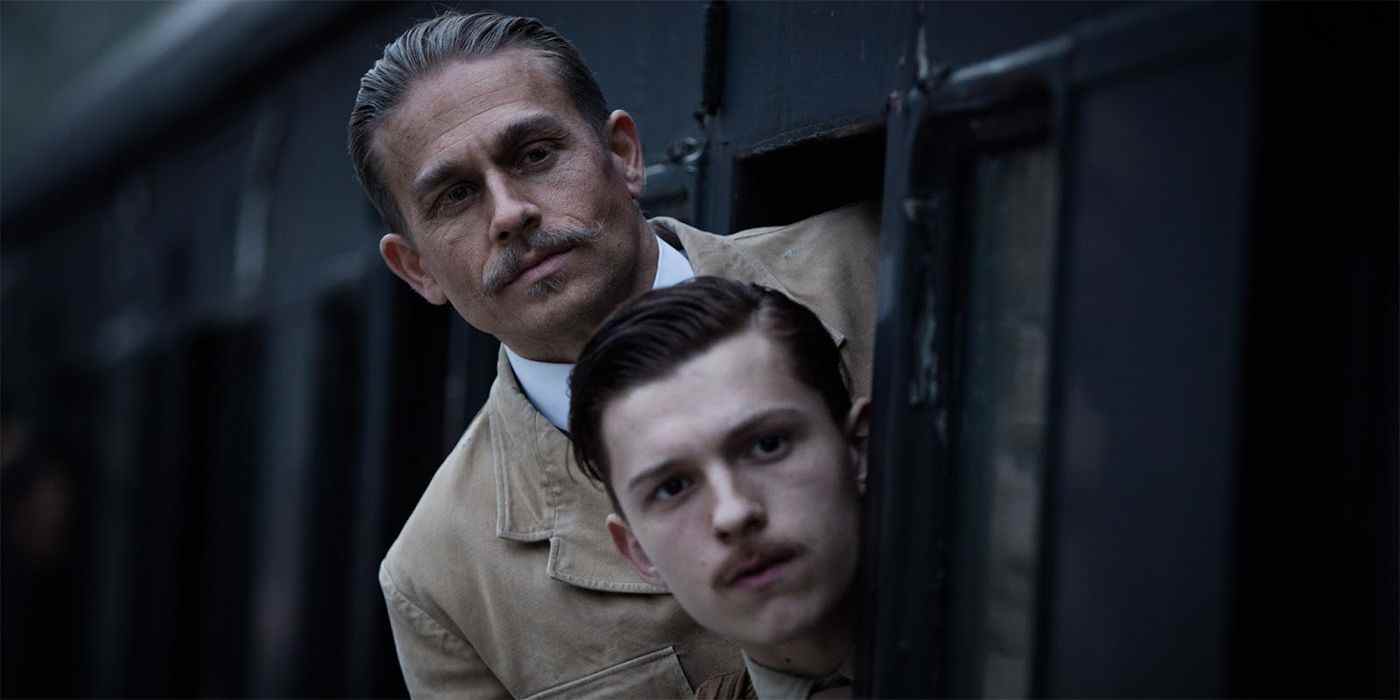
Holland’s character in The Lost City of Z, Jack Fawcett, initially appears to be irreconcilably furious with his father. When audiences are first introduced to Jack, in a tense and uncomfortable scene, he’s indignant that his dad cares more about discovering proof of a purportedly hidden ancient city than his own family. By the end of the film, however, Jack is right alongside Percy Fawcett (Charlie Hunnam) for his dangerous trips to the Amazon. It’s either tragic that Jack felt that this was the only way to truly connect with his father. Or, conversely, it’s a testament to the wonders of shared conviction. Based on the book of the same name by David Grann, which focused on Percy Fawcett’s true story, director James Gray doesn’t seek to create a strictly faithful adaptation. His objective is to use the flawed protagonist of Percy to examine matters such as obsession and hypocrisy. Hunnam and Holland are excellent, as are their co-stars Sienna Miller and Robert Pattinson. The Lost City of Z is expertly-crafted and filled with visual splendor, but it’s Gray’s ability to convey duality that leaves the most lasting impact.
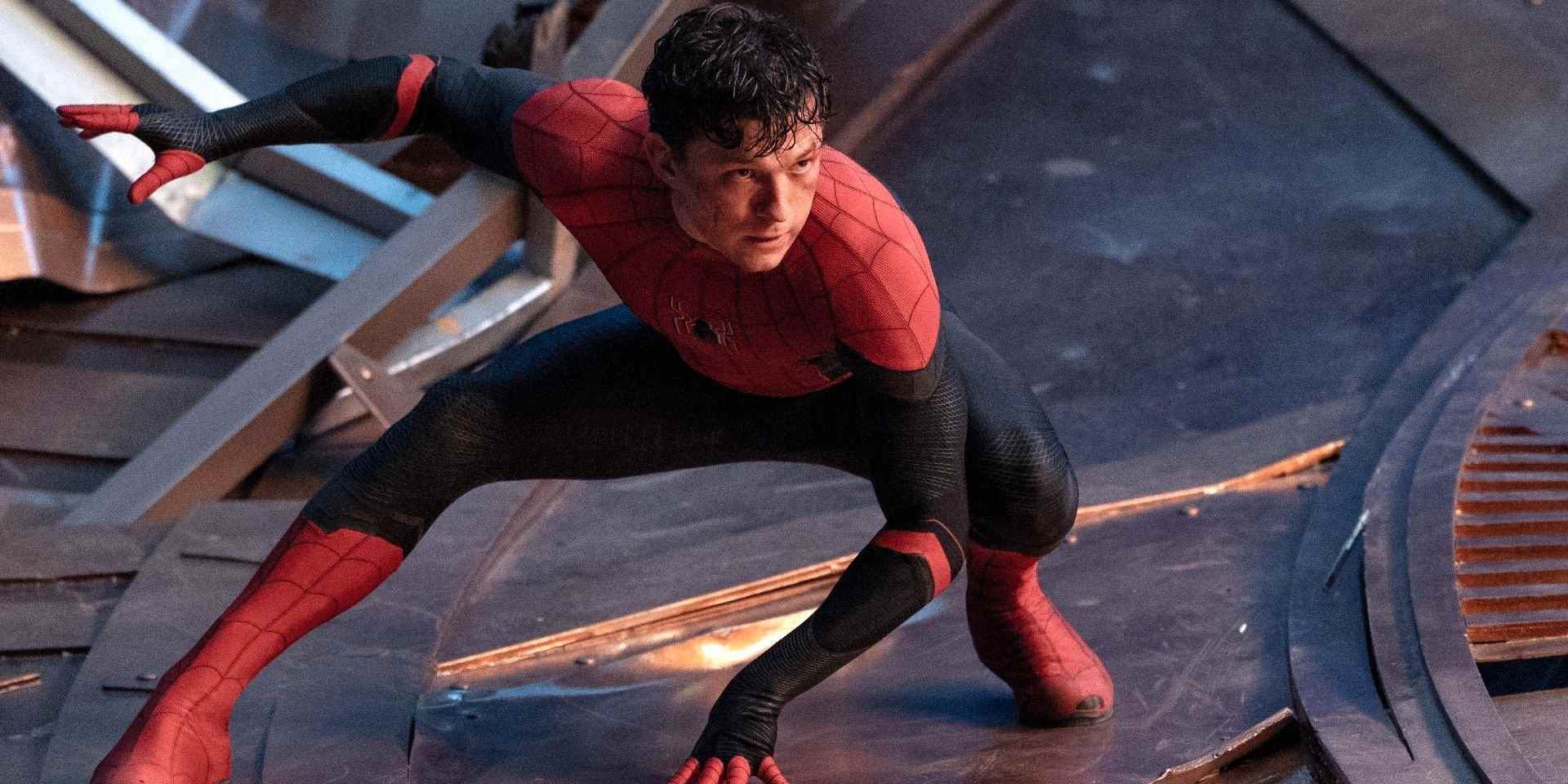
The most satisfying stretch of Spider-Man: No Way Home is a development that has been relatively undermentioned in the midst of all the speculation and spoilers. At one point, rather than fight villains like the returning Otto Octavius and Norman Osborn, or even send them back to their universe where they’re likely to die, Holland’s Peter Parker takes a compassionate approach that leans into his intellect: he uses his brains to try and cure them of the life-changing accidents which have caused them to become so villainous in the first place. The rogues are surprised by this kindness, but MJ isn’t. She tells them it’s just the sort of person that Peter is.
Peter’s journey from a kind and naive kid to a hardened and jaded hero could have been an entire film on to its own, especially when Holland gives his all to selling the emotional transformation. But, in Spider-Man: No Way Home, the story has to share space with several others — including extended cameos from familiar faces, a set-up for the Doctor Strange sequel, and the usual amount of action scenes expected from Marvel. The result is that the charmingly low-stakes of Spider-Man: Homecoming and, to an extent, Spider-Man: Far From Home, are largely absent in favor of an encroaching multiverse.
The result is, even more, unfortunately, that a devastating scene that serves as the narrative’s core doesn’t get the room it deserves to breathe. But on the whole, even if the third installment of Holland’s franchise doesn’t reach the heights of its first entry, Spider-Man: No Way Home does come awfully close at times thanks to the sort of carefully-calibrated fanservice that made Avengers: Endgame such a towering delight. While it’s not Holland’s best Spider-Man movie, the outing is exceptionally entertaining. Especially for longtime fans of the Friendly Neighborhood Web-Crawler, across all his different iterations.
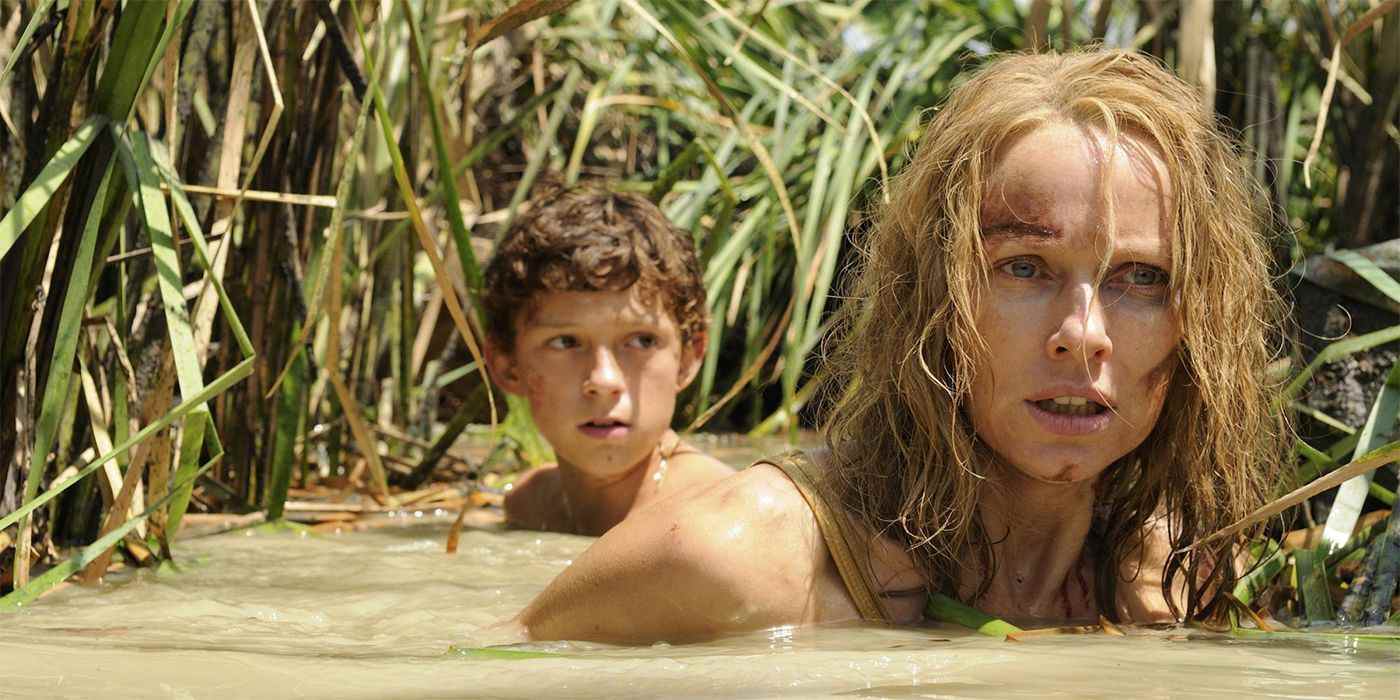
The Impossible forces its viewers and its cast to imagine themselves in the wake of a natural disaster. Based on the experience of a real family during the 2004 Indian Ocean tsunami, J. A. Bayona’s riveting drama focuses not only on the family’s struggle to survive: It also chronicles the sense of displacement and uncertainty that sets in once the earth-shattering waves have passed. It’s hardly a surprise that Ewan McGregor, and especially Naomi Watts, deliver tremendous performances. But in his first live-action role, shooting emotionally and physically taxing scenes at the age of 14, Holland is a revelation. He more than holds his own against Watts, showcasing the combination of vulnerability and resilience him which would earn heaps of praise and carry on to other projects. It was even speculated when The Impossible was released that Holland could earn an Oscar nomination for his performance in the film.
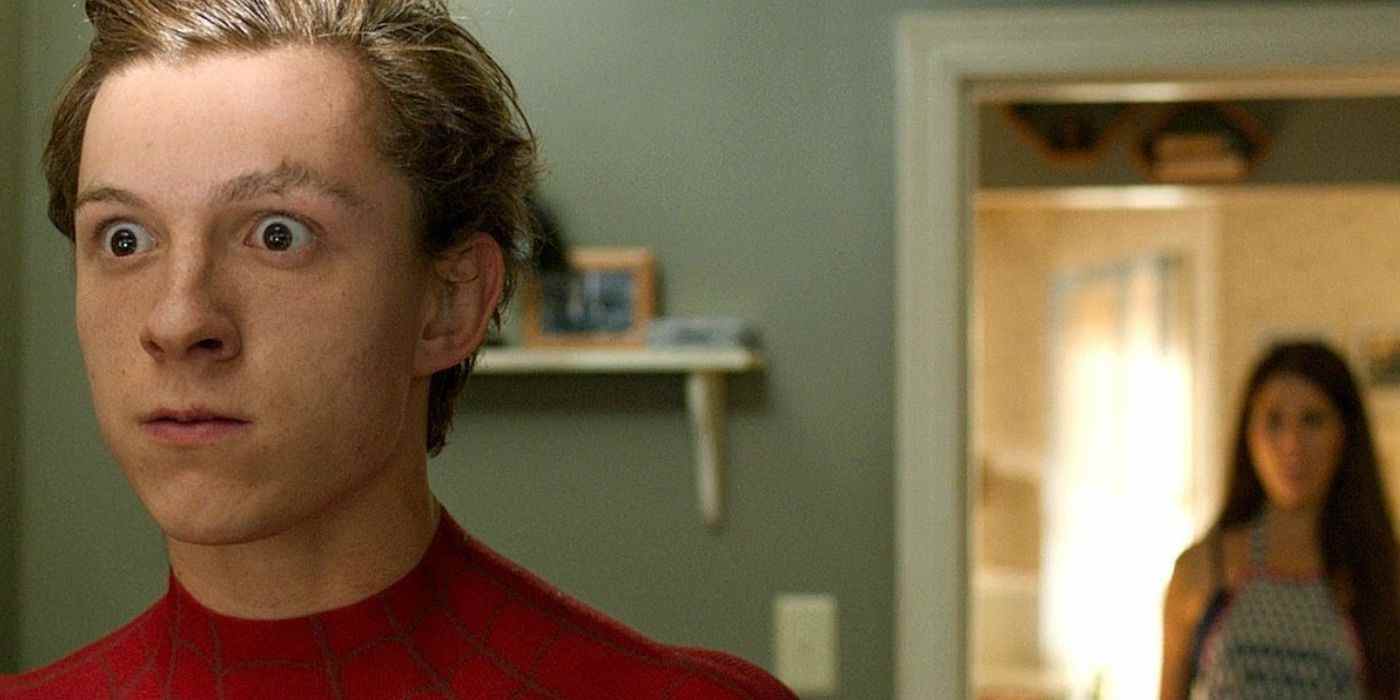
By the end of Spider-Man: Homecoming, the view of Holland as the best live-action iteration of Spider-Man was already taking hold. It’s less about what Tobey Maguire and Andrew Garfield do wrong than what Holland, and director Jon Watts, do differently. After his appearance in Captain America: Civil War, it was clear that this version of the Webbed Wonder was going to be a departure. Besides the fact that Uncle Ben was already out of the picture, and that the MCU actively pokes fun at the mere possibility of rehashing Spider-Man’s origins, Peter has no qualms about accepting Great Responsibility. At least in Homecoming, the character can’t run away from his life in high school fast enough.
But rather than ignore Peter’s daily life, Homecoming enhances it better than any Spider-Man movie up to that point. Peter’s school, his classmates, his teachers, all get decently sketched-out. It’s fair to say that the best moments in Homecoming have nothing to do with saving the world or building the universe. It’s just a really, really solid teen comedy that wears its influences on its sleeve. Then again, there are many great moments in Homecoming. From the uniformly terrific cast, none more so than an extremely intimidating Michael Keaton as Vulture, to the humor and the mood-setting soundtrack.
None of it works without Holland, though. His take on Peter is awkward and filled with wide-eyed exuberance. But he’s also quick-witted and ceaselessly kind. This is typified when he makes the decision to rescue Vulture, even though the villain left him for dead. Another memorable scene of Peter trapped under a pile of rubble, summoning every bit of his strength but also revealing that he’s still only a scared kid, is quintessential Spider-Man performed to perfection. No other movie comes close to encapsulating all the different factors that has helped Holland become one of the most sought-after young actors working in Hollywood today.
